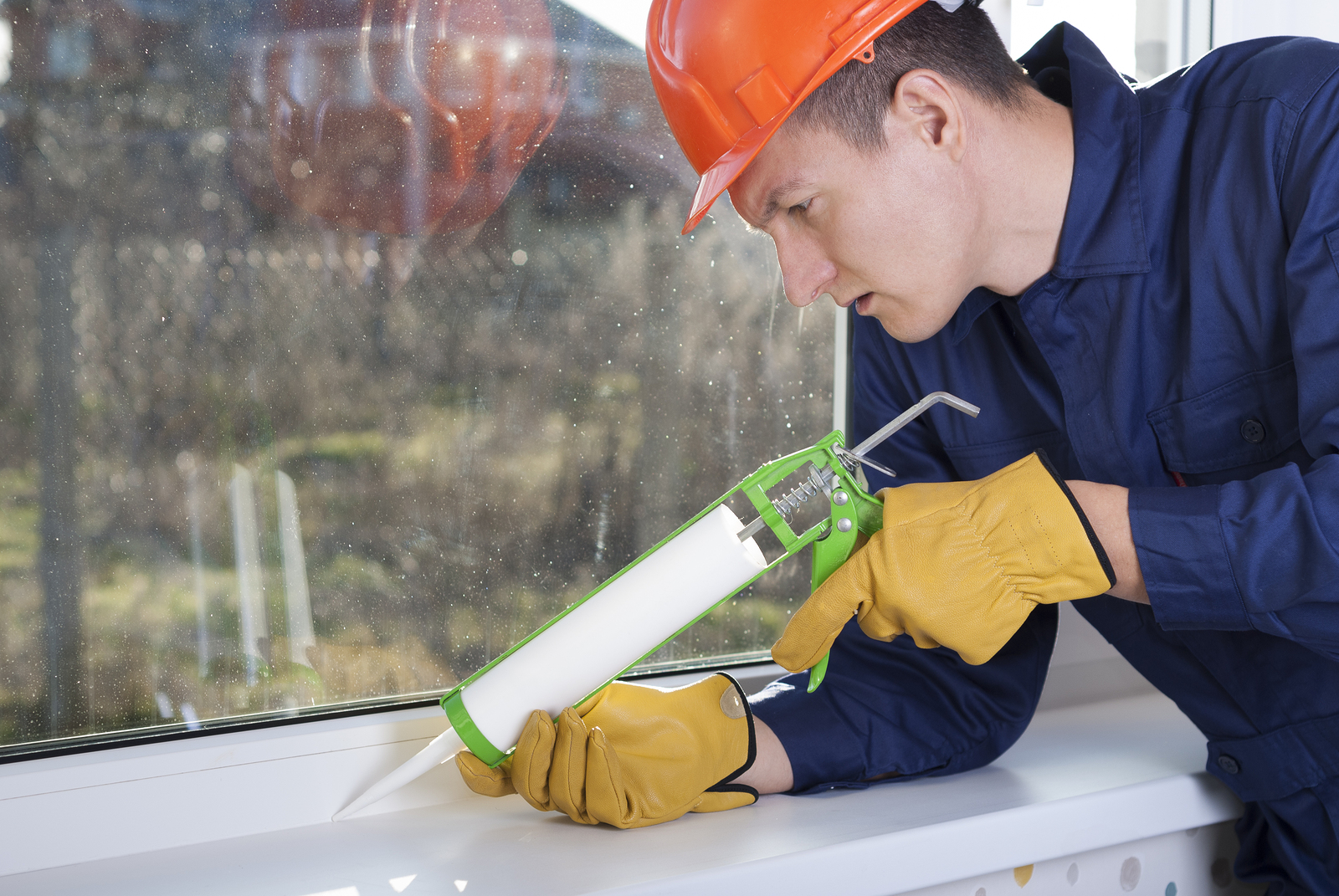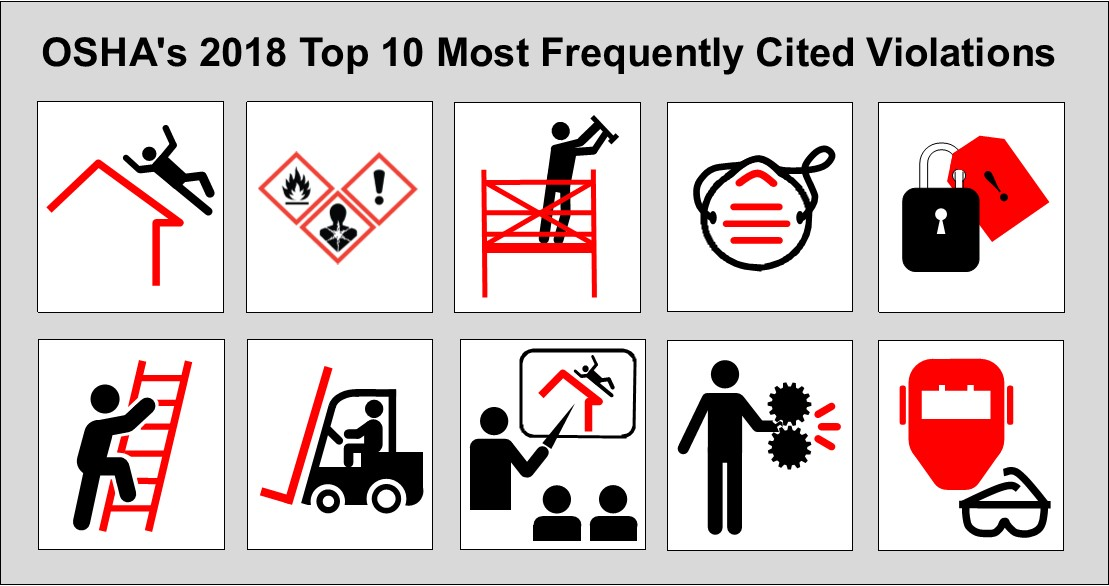
Summary:
A trip to your local home improvement store can be an overwhelming experience for the average person, especially if you’re trying to figure out which caulks and sealants to use for your exterior home improvement project. Unlike the interior, the exterior faces high UV exposure, extreme temperatures and the need to be 100% waterproof. Once you have finished reading this article, you will better understand the nature of caulks and sealants and how to select the best products for your project.
Article Body:
A trip to your local home improvement store can be an overwhelming experience for the average person, especially if you’re trying to figure out which caulks and sealants to use for your exterior home improvement project. Unlike the interior, the exterior faces high UV exposure, extreme temperatures, and the requirement to stay 100% waterproof. When you’re dealing with silicone caulks, you have a non-paintable surface, with poor UV performance. Although water-based and latex caulks have good paintability, they also have high shrinkage, poor elasticity, and poor UV performance. Synthetic-rubber (polyurethane) sealants and tri-polymer sealants (silyl terminated polyether sealants) can do it all: paintable, great moisture sealing, no or low shrinkage, and very good UV resistance. Many are also pre-tinted in popular colors. These include the popular NP1 (polyurethane sealant), Sonolastic 150 VLM, and Novalink sealants.
All of these sealant and caulk materials are heavily advertised and marketed with super flashy packaging, labels and all kinds of fancy logos. If you’re looking for a high-performance caulk or high-performance sealant, you can literally be confronted with hundreds of brands and companies that claim to have the best product for your needs. So what can you do when you are bombarded with all kinds of choices?
Each brand of caulk generally has its own special and unique qualities. Although it is in your best interest to read all of the labels and also follow the company specifications, for the use of caulk and sealant, the very thing you want to know may not be found on the labels of the containers at all! Many of the best products are architectural/commercial grade and not generally available to the public.
Sealant was originated through the need for exterior finishing in the home building industry. Caulk was originally a term that was used to describe the sealant material used to build boats.Many companies and manufacturers these days are using caulk as an all-purpose word to describe paintable interior grade products. Sealants by definition have at least /-25% elongation capability over a long-term period and are UV resistant. Advanced sealants are 100% solids and offer up to 100% elongation.
Most of the general public use caulk and sealant interchangeably to serve the same basic purpose, which is to fill gaps between building materials and to shield materials from air and water. Although sealants and caulk work the same basic manner, they both also fail for the same basic reasons. There are three major types of caulk failures that you will encounter. These are substrate, cohesive, and adhesive. The bond that is put between the substrate and the caulk can actually fail, making the caulk tear and break down. Caulked joint problems are also very common and are usually due to the substrate not being effectively prepared or using the wrong product altogether.
So, before you choose a certain kind of product, you want to really think about how you will be using it and for what purpose. You will also want to consider the area or location you are going to apply the caulk or sealant.
For example, if your intent is to seal the area around the base of a toilet, sink, bathtub or shower, it will be imperative that you purchase a product that both mildew-resistant and durable enough to survive scrubbing and chemical cleaning. If your intent is going to be to use sealant or caulk between wood clapboards and vinyl windows, then you’ll need to purchase a product that is able to bond very well to both types of materials and is weather resistant.
You will also want to keep humidity, temperature, and moisture in mind when you are shopping for caulk or sealant. Water-based caulks not recommended for outdoor projects, because these products do not withstand the hot-to-cold and cold-to-hot weather changes, as well as other harsh weather situations. If you are living in an area that is below 50F during the time you need to apply sealant, then you’ll probably want to use a silicone sealant, instead of polyurethanes, because polyurethanes are very difficult to apply in chilly conditions.
Other Applications: For sealing skylights, glass domes, greenhouses and such, Sonolastic Clear 25 is a popular product. For Kynar or siliconized paint finished metal roofs, a special sealant formulated to seal to these surfaces is a must. Products such as Duralink are popular. For repair of swimming pool tile grout lines, polyurethane sealants are excellent. Products like Ultra provide a very durable seal, which can survive in areas where grouts fail quickly. Ultra is also used as a pick-proof sealant in security applications.
To the delight of many, who prefer the do-it-yourself project, certain caulks and sealants can be color-matched to paints, tiles, grout, wallpaper and even carpeting. The beauty of these products is that they can be color-matched while they are still in the product tube. NP1 is also available in many popular pre-formulated colors. Any good home building products store will be able to help you color-match your caulk and sealant to your desired color. Once the caulk has cured, then it will precisely match the color you were seeking to acquire. In summary, let’s review your options again:
1. Water-based caulks are the easiest to work with. They have a smooth, thin and consistent flow, and they are easy to apply with almost any tool. These products cure quickly, have very little odor, and the clean up is easy with water.
2. Silicone caulks and sealants are good for interior or exterior areas, which will not be painted and are good for areas that will be exposed to extremely cold weather, certain metals, and glass. Silicone materials do not repair well (nothing wants to stick to cured silicone material, not even more silicone)
3. Synthetic rubber sealant is best used for areas with high movement and dissimilar materials. These materials can be painted and are designed for long-term exterior exposure. There is also less chance that the synthetic rubber bond will break during movement. Common applications are roof tile repairs, roof moldings, and roof to wall sealing, window frame sealants, and doorsill sealant.
4. Self Leveling Expansion Joint Sealant, such as SL1 and SL2, are used to fill and seal the expansion joint gaps in concrete and driveways.
5. Tri-Polymer sealants, such as Sonolastic 150VLM are the next generation. Although somewhat more expensive, they offer superior exterior performance.
6. New Hybrid products are available that defy all classifications. Using these kinds of sealants can yield a lot of surprises, so be sure to read the instructions carefully. Some of these products tend to expand upon drying, so it is best to test them out in an inconspicuous location before actually using them on your project.

